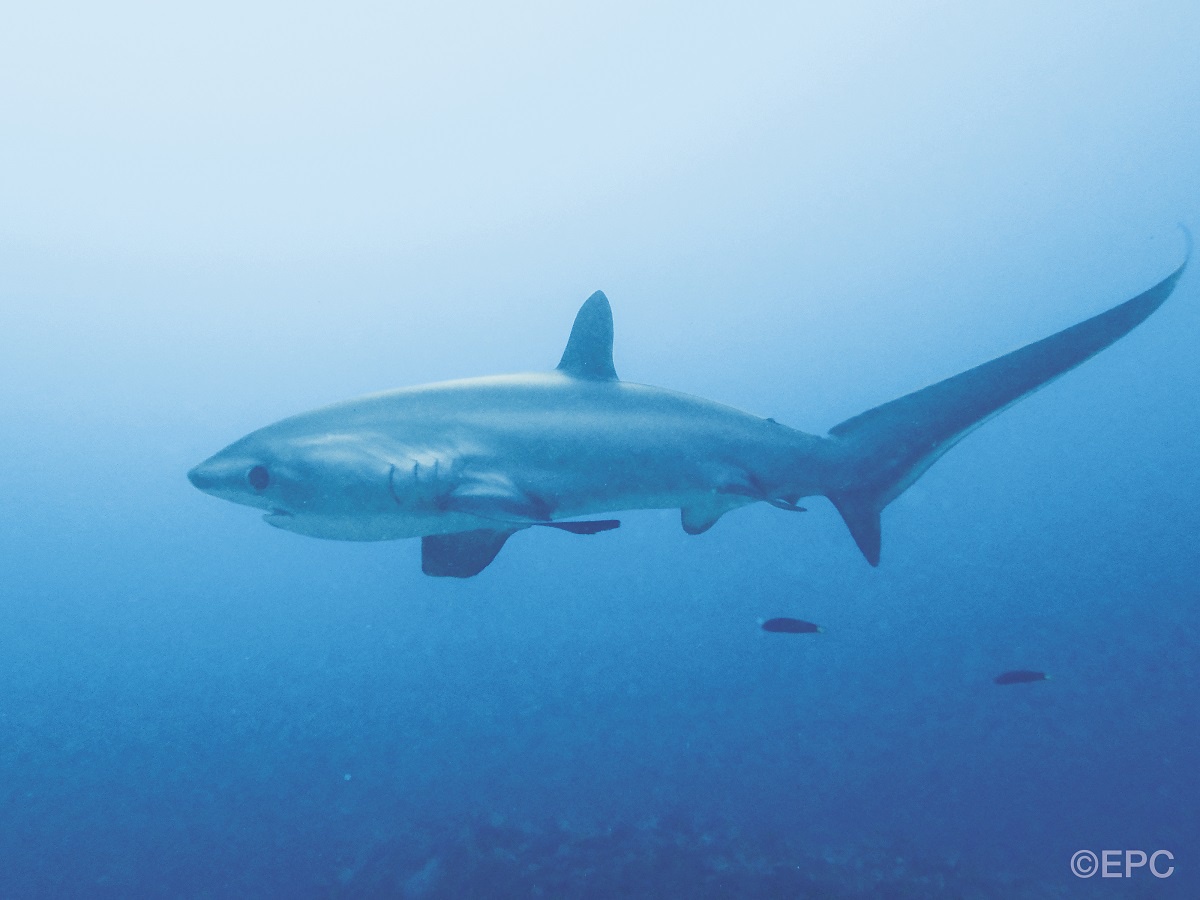Cebu, the oldest city in the Philippines, is the second largest metropolitan area and the main gateway to other Visayas destinations. Popular for its cultural sites, Cebu houses one of Asia's biggest festival, Sinulog Festival.
Famous for its pristine beaches and diving spots, Cebu, along with the rest of the Visayas Islands was at the top of the Asia category in Conde Nast Traveler's The Best Islands in the World: 2020 Readers' Choice Awards, as well as the second spot after Boracay in the Top 5 in Asia in 2019.
The Queen City of the South's Mactan Cebu International Airport has also won the World Architecture Festival 2019's Completed Buildings: Transport Category with contenders including Singapore's Jewel Changi Airport and Sydney's Barangaroo Ferry Wharf, among others.
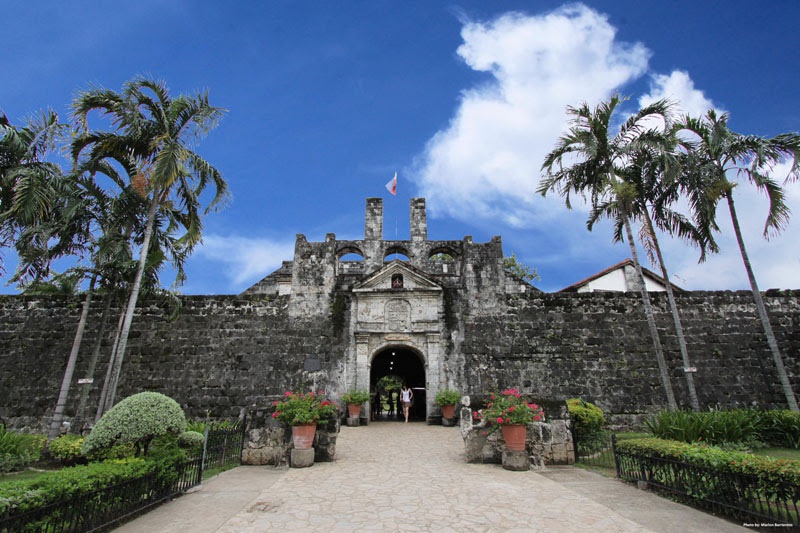
The warm and dry months between December to May is the most ideal time to visit Cebu for exploring the beaches and islands, diving, canyoneering adventures, and city sightseeing.
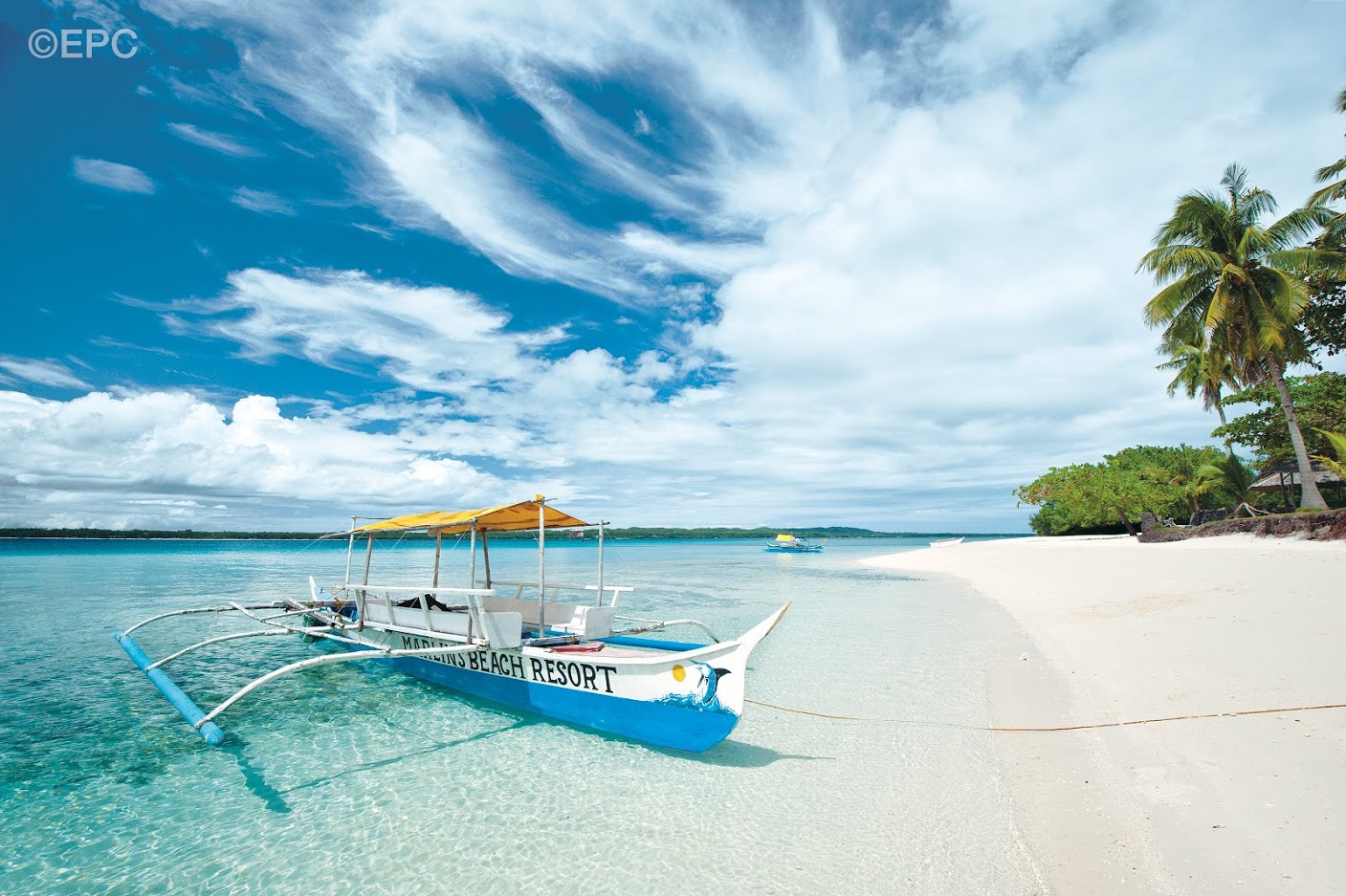
For a unique experience of the local culture, visit in January and join the colourful celebration of the Sinulog Festival, held every 3rd Sunday of the month. This is one of the most vibrant and must-visit festivals in the Philippines where you can parade and dance in the streets with the locals adorned in colourful costumes.
The Province of Cebu is accessible by land, sea or air transport. Various modes of transportation are available around the different tourist and commercial attractions.
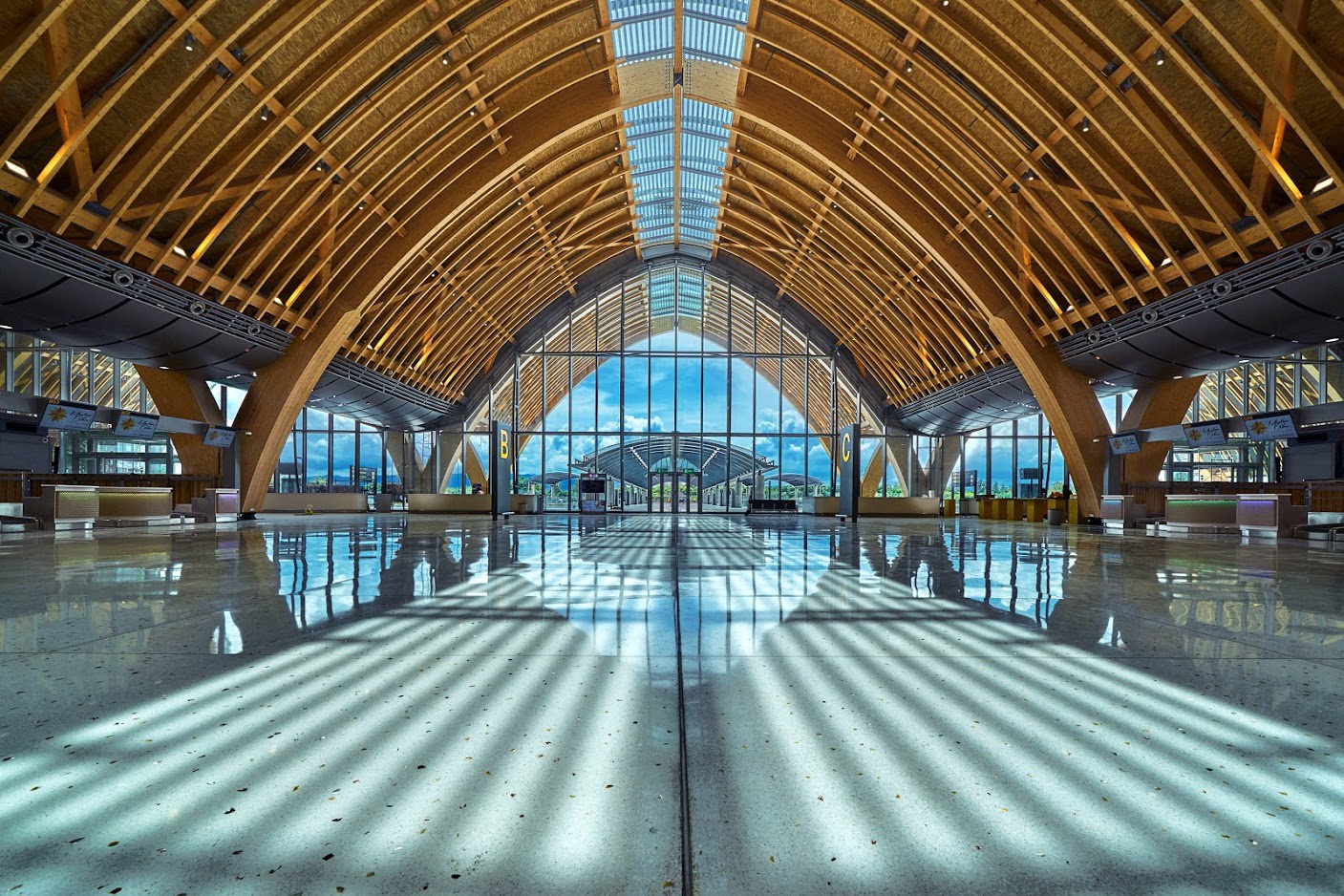
From Manila, the capital of the Philippines, Cebu can be reached by air, the most convenient way to travel to the province. The Mactan Cebu International Airport serves several international destinations of Asiana Airlines, Cebu Pacific Air, Malaysia Airlines, Philippine Airlines, and Silk Air, including the domestic destinations of Air Philippines, Asian Spirit, Cebu Pacific Air, Philippine Airlines, and SEAIR. The airport is located on Mactan Island, about an hour away from Cebu City.
Cebu is accessible by sea via the Cebu Port, which service the Cebu-Manila, and vice-versa, including daily trips to the different major cities in the Visayas and Mindanao such as Tagbilaran, Dumaguete, Ormoc, Cagayan de Oro, Ozamis, Surigao, and General Santos.
Fast crafts are also operating in Cebu, which service the Cebu-Tagbilaran, Cebu-Dumaguete, and Cebu-Ormoc, and vice-versa routes, taking at least two hours to reach said destinations.
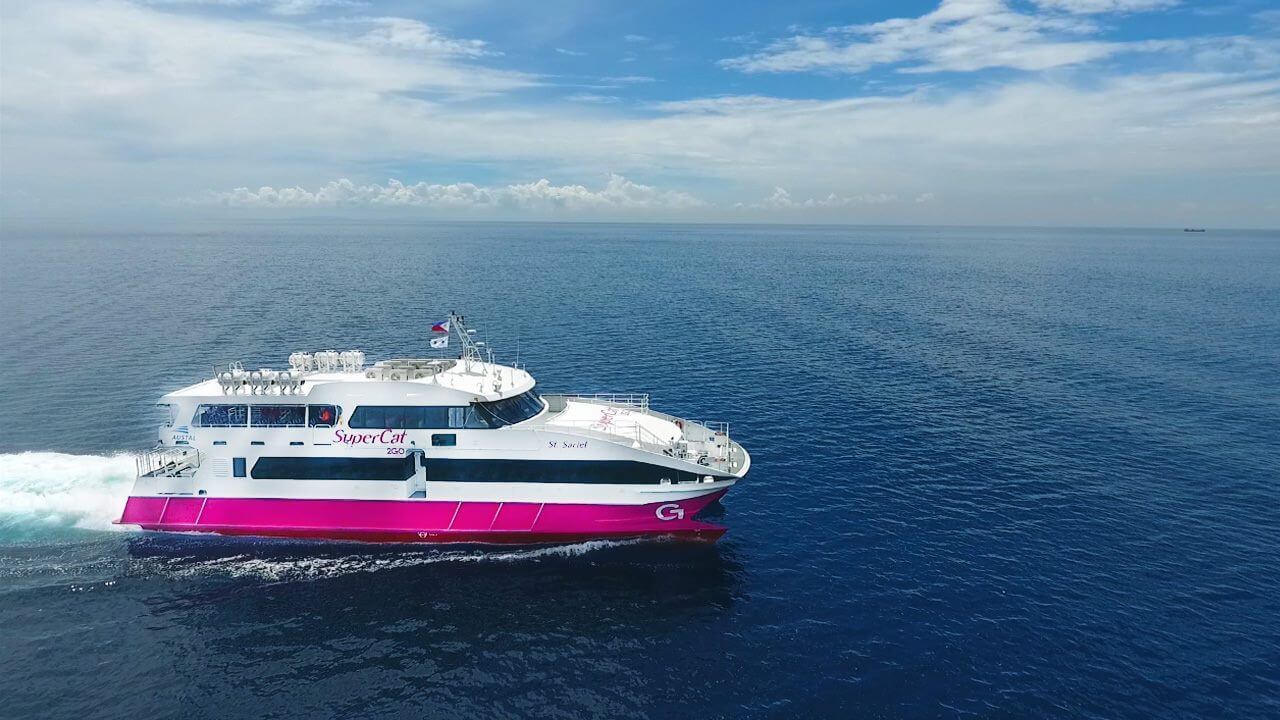

Trying a canyoneering tour to Kawasan Falls is an exhilarating water adventure that takes you through towering gorges and stalactite boulders. You get to swim and rappel through the river canyons, and even jump off 30-ft high cliffs into the blue pools of Kawasan Falls. The final leg is the third and most top tier of the Kawasan Falls - or Kabukalan Spring - from where the water comes. If you're not interested to try canyoneering, you can participate in a strictly Kawasan falls adventure instead.
Located at the south-west coast of Cebu, Moalboal is a diver's paradise and home to a diverse and colorful marine life. It is home to the bait ball or sardine run which are oftentimes found on the coast of Panagsama Beach. A varied range of activities can also be done in the area such as snorkel or dive in the Pescador Island, Sunken Island, Kasai, and Plane Wreck, among others.
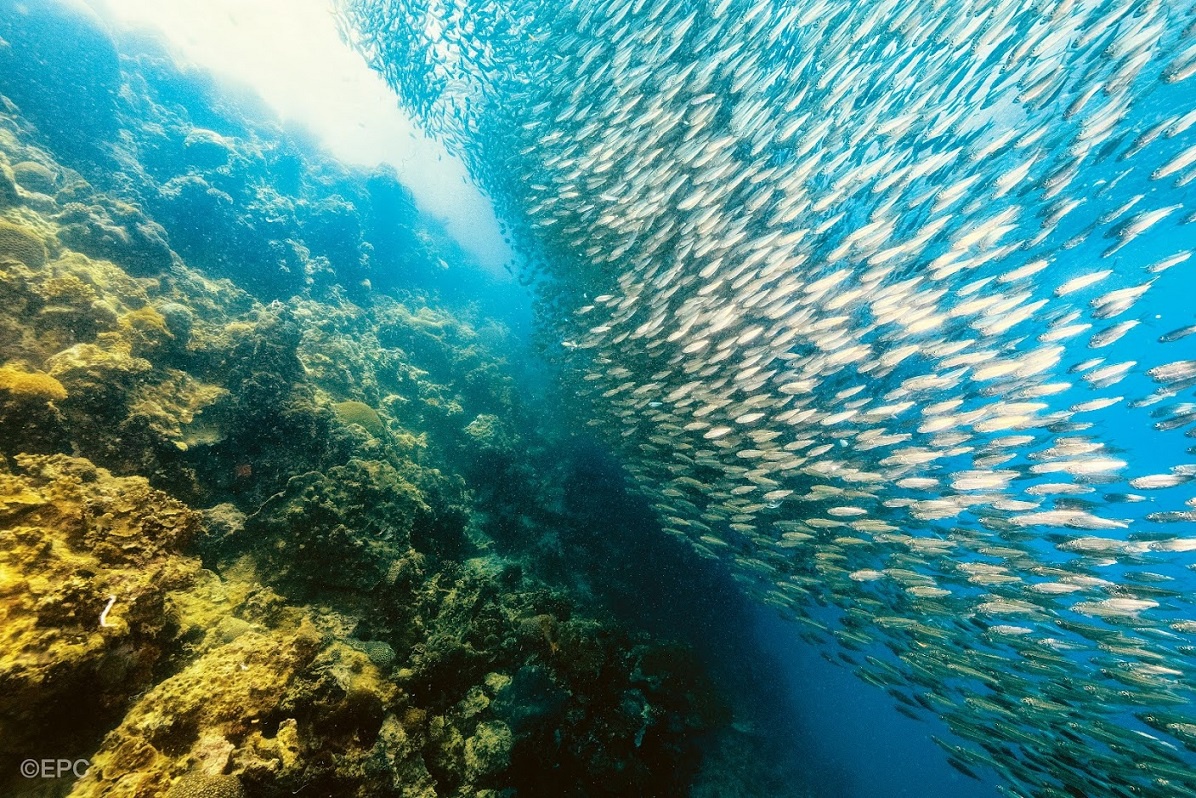
Take a stroll along memory lane in one of Cebu's rich historical sites. Fort San Pedro, the first Spanish fort established in the country, is the smallest and oldest triangular bastion and has served as a military defense structure in Cebu during the Spanish era. Now, Fort San Pedro is a museum dedicated to preserving the legacy of the Spanish Government. You can find several artifacts, such as Spanish documents, sculptures, and paintings. Aside from perusing the exhibits, you can also have a picnic inside the fort or explore the walkways on the three bastions of Fort San Pedro.

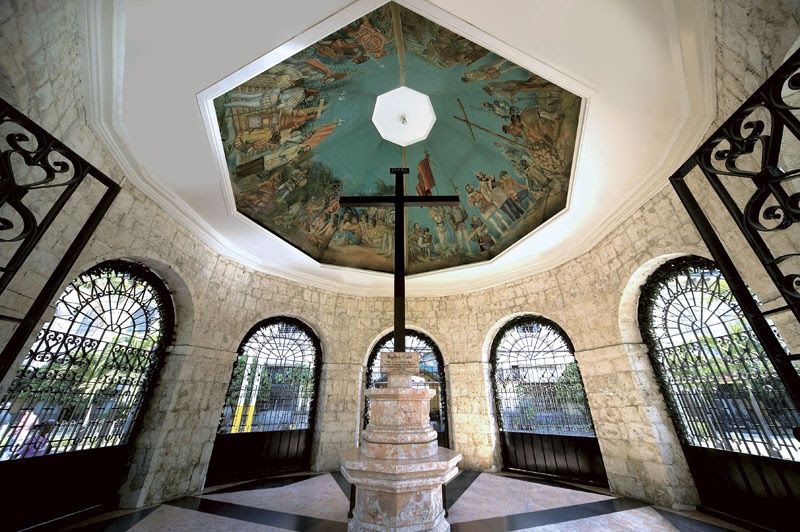
Ferdinand Magellan, the Portuguese explorer, planted a wooden cross on the island in 1521 to mark the birth of Catholicism in the Philippines. Locally known as Magellan's Cross, the cross is located inside a Spanish-style pavilion next to the Basilica Menor del Santo Nino, which is also a symbol of Christianity's birth in the country.
Malapascua Island is a small island off the coast of Daanbantayan in the northern part of Cebu. It's well known for its plethora of spectacular diving spots in Cebu – all teeming with vibrant coral walls and large sea vertebrates. Malapascua Island is famous among locals and international tourists, especially among divers, because it is the only place in the whole world where you can dive with thresher sharks daily.
